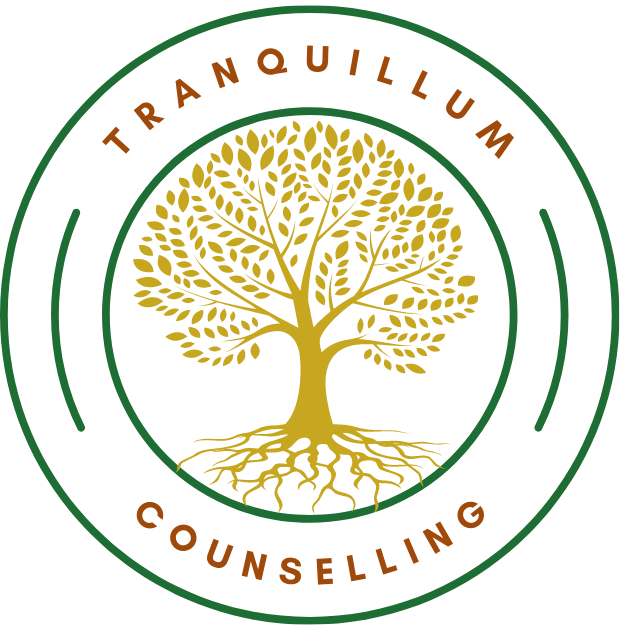Healing Trauma with EMDR Therapy: What to Expect
Trauma can haunt us long after the event itself has passed, interfering with our daily activities and relationships, but effective treatment can help us reclaim our lives. One such treatment is Eye Movement Desensitization and Reprocessing (EMDR) therapy, which has been proven successful in addressing trauma and PTSD. If you’ve never undergone EMDR therapy, you might not know what to expect from the process. In this blog post, I’ll explain what EMDR therapy is and what you can expect from your experience with this treatment.
First, let’s define EMDR therapy. EMDR is a type of therapy used to treat post-traumatic stress disorder (PTSD), anxiety, and other related conditions. During EMDR sessions, the therapist will have you focus on different traumatic memories and images while moving your eyes back and forth or tapping your hands. The bilateral stimulation is believed to help create new neural connections that reduce the emotional charge of traumatic memories, thereby reducing the associated distress.
The first session of EMDR therapy typically includes an assessment and evaluation process, during which the therapist asks you to describe your traumatic experiences, as well as your current symptoms and goals for therapy. The therapist will then explain the EMDR process in more detail and work with you to develop coping tools and strategies to manage any disturbances that may emerge outside the therapy session before beginning the actual therapy. Typically, you'll spend two or more sessions discussing your traumatic experiences to help identify specific memories to target during future EMDR sessions.
Once you’ve identified specific memories to target, the therapist will guide you through the EMDR process itself. You'll be asked to focus on the memory you want to work on and perform a specific task, such as following the therapist’s moving finger with your eyes or tapping your hands. As you move through different memories, emotions may arise, and the therapist will help you develop coping skills, such as deep breathing or mindfulness techniques, to manage them.
During EMDR therapy, it's common for people to experience a wide range of emotions and physical sensations, such as increased heart rate, flushing, or sweating. You may also have vivid flashbacks or negative thoughts during the process, which is why it's important to work with a trained professional to manage any distressing experiences. Remember, EMDR therapy is a personal experience, and everyone’s journey through treatment is different, but your therapist will be there to support and guide you through the process.
EMDR therapy is a powerful tool for overcoming trauma and living a fulfilling life. It's important to remember that the process can be difficult at times, and it’s crucial to work with a trained professional to ensure your safety and positive outcomes. If you're experiencing symptoms of trauma, I encourage you to reach out to a qualified professional to discuss whether EMDR therapy may be right for you. Together, you can explore this treatment and create a customized plan to help you heal. Remember, you are not alone, and help is available.


